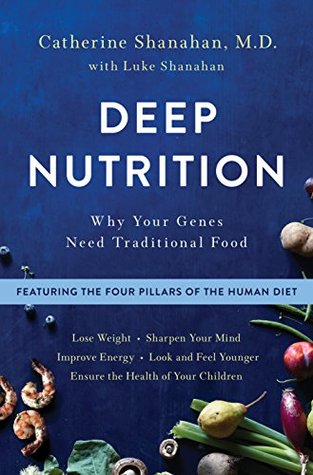In the late 1800s, Emperor Napoleon III offered a prize for a butter substitute to feed his army and “the lower classes.”247 The goal was a product that cost very little and wouldn’t rot on extended sea voyages. After some experimentation, a chemist named Hippolyte Mege-Mourie found that squeezing slabs of tallow under pressure extracted oily elements that fused into a solid when churned together with skim milk. The dull gray material had a pearly sheen and so Mege-Mourie called it margarine, after the Greek margarites, meaning “pearl.” It didn’t taste good, but it was cheap.
Welcome back. Just a moment while we sign you in to your Goodreads account.


